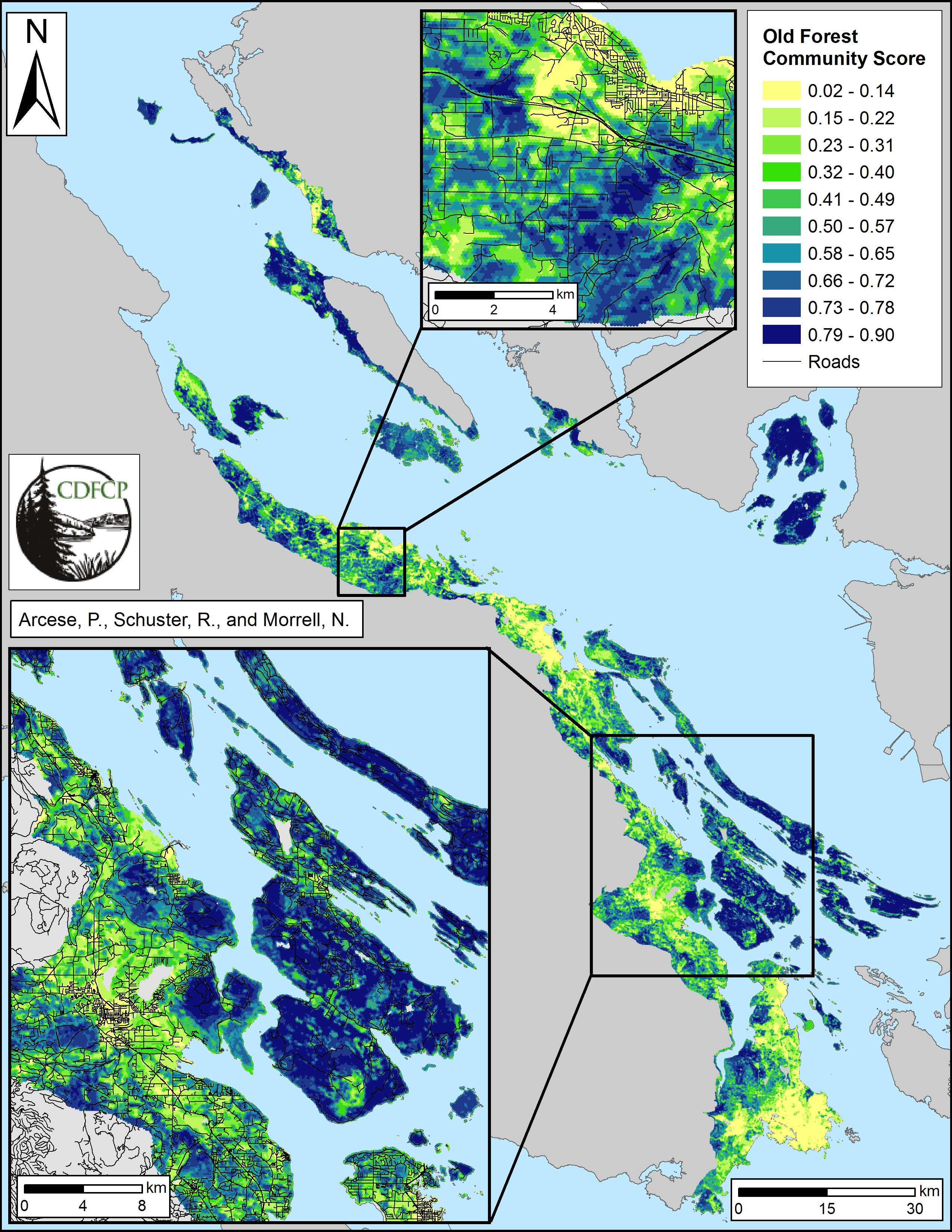The Nature Trust of British Columbia

Spotlight Resource: eBird
The Nature Trust of British Columbia (TNTBC) is one of Canada’s largest regional land trusts, having secured over 170,000 acres of critical plant and animal habitat in British Columbia (BC) since 1971. TNTBC’s board has focused most recently on maximizing conservation investments by prioritizing land parcels based on their biodiversity in the province’s critically endangered Coastal Douglas Fir ecosystems. To do so, TNTBC worked with conservation biologists Peter Arcese and Richard Schuster of the University of British Columbia’s Department of Forest and Conservation Sciences to develop and apply a strategic conservation planning tool (Marxan) that maximize conservation values while minimizing acquisition and management costs. Doing so is critically important in this heavily populated region of BC, where land prices are high and over 120 rare and endangered species now rely on relict and regenerating old forest and oak savanna habitats for their persistence.
An essential first step in achieving these goals required a reliable method of identifying plant and animal communities of interest. Because birds are outstanding indicators of habitat type and quality, Arcese and Schuster used data from the Cornell Lab’s eBird program and data they collected in the field to create distribution maps for over 90 bird species. They then used expert opinion to combine the most informative indicator species into maps representing ‘old forest’, ‘savanna’, ‘wetland’, ‘shrub’ and ‘human-dominated’ habitats (Fig. 1). The resulting maps represent areas in the planning region most likely to host the full suite of desired species.
What’s Next?
By developing strategic land conservation and prioritization tools using birds as indicators, TNTBC has facilitated planning, prioritization, and acquisition efforts by the Coastal Douglas Fir Partnership

Currently, Arcese, Schuster and TNTBC are working with the Cornell Lab of Ornithology to create regional models of bird distribution throughout the Georgia Basin from British Columbia to central Oregon. A key goal of this work is to prioritize dry Douglas fir and Garry oak habitats for conservation and management in collaboration with the North Pacific Landscape Conservation Cooperative. They hope this will facilitate cross-boundary planning and maximize the persistence of endangered plant and animal communities.


